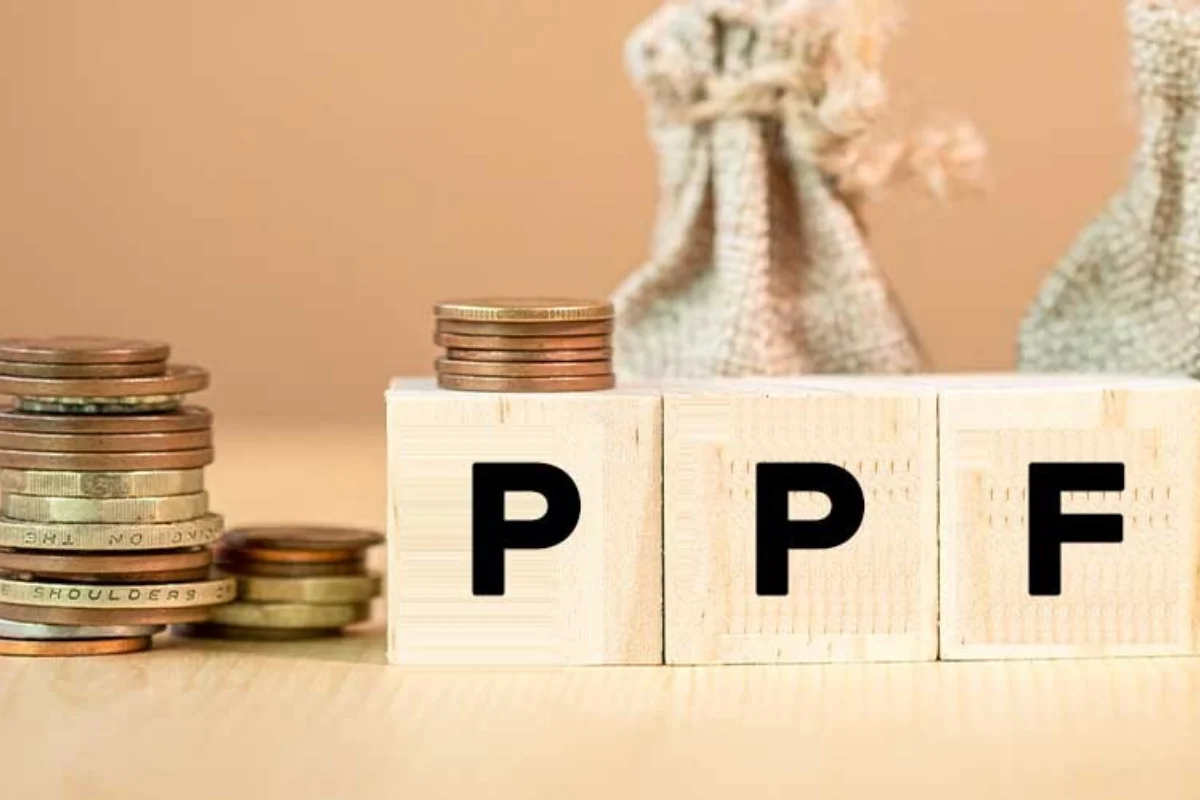Investors often turn to the Public Provident Fund (PPF) for tax savings, driven by two key factors: tax-free annual interest and the compounding effect over the 15-year duration. The government guarantee backing the interest earned adds an extra layer of security to this investment avenue.
Choosing Between Old and New Tax Regimes
Starting from the financial year 2020-21, individuals face a choice between the old tax regime, with deductions under sections 80C, 80D, 24, and others, or the new tax regime, excluding these benefits. Opting for the new tax regime means forgoing familiar benefits, including deductions for PPF investments.
PPF Returns and Interest Rates
The interest rates for small savings schemes, including PPF, are linked to the yields of 10-year Government Securities. The interest rates are reviewed quarterly, ensuring alignment with market conditions. As of January to March 2024, the annual interest rate for PPF stands at 7.1 percent.
PPF Taxation
PPF follows the exempt-exempt-exempt (EEE) classification, providing triple tax exemption. This includes deductions up to Rs 1.5 lakh under section 80C, tax-free yearly interest, and a tax-free corpus upon maturity.
Compounding Magic
The compounding effect in PPF showcases its potential, with a maximum investment of Rs 1.5 lakh annually for 15 years yielding an approximate corpus of Rs 42.5 lakh. Allocating the maximum amount in the initial years allows for significant compounding and growth.
Maturity and Flexibility of PPF
After the initial 15-year period, there is no obligation to close the PPF account. It can be extended indefinitely in 5-year blocks, providing the flexibility to make partial withdrawals annually. This makes PPF a versatile long-term savings and investment option.
Strategies for Investors
While PPF offers stability, those aiming for high inflation-adjusted returns for long-term goals may explore equity exposure through instruments like Equity Linked Saving Schemes (ELSS). Balancing savings across PPF and equities creates a diversified portfolio, leveraging stability and potential higher returns.
Keep watching our YouTube Channel ‘DNP INDIA’. Also, please subscribe and follow us on FACEBOOK, INSTAGRAM, and TWITTER
